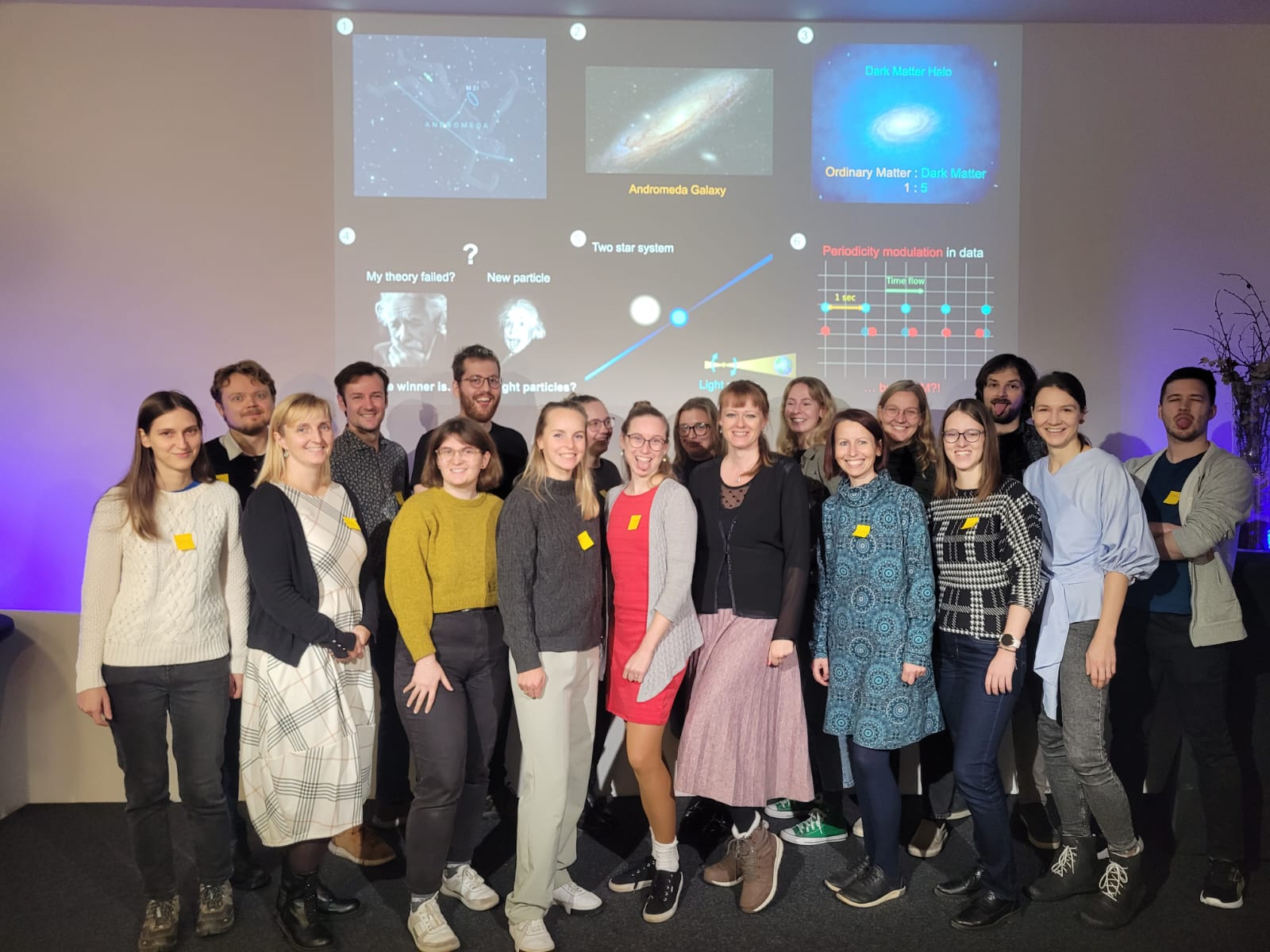The Coimbra Consortium’s 3 Minute Competition is another exciting challenge for scientists eager to share their research with the public and get a feel for what it's like to explain the essence of their work in just a few minutes. Unlike FameLab, Coimbra’s 3MT places greater emphasis on the research results themselves, demanding more from participants in how they shape their presentations. One slide is the only visual aid allowed.

“One of the biggest mysteries in modern physics: what is dark matter? We know there’s five times more of it in the universe than ‘normal’ matter, yet we still have no idea what it’s made of.
I’m trying to figure that out using cosmic lighthouses – pulsars! These are among the most extreme objects in the universe. Made of neutrons, they spin at incredible speeds – sometimes hundreds or even thousands of times per second – and emit radio waves that we detect on Earth as regular pulses.
We can not only measure the moment of each pulse, but also predict it. If the actual pulse time differs from our prediction, it might mean that something is missing in our mathematical model of how radio waves travel from the pulsar to Earth. And that ‘something’ could be new physics!
That’s what I’m exploring – looking for the fingerprints of ‘ultralight’ dark matter models in pulsar observation data. If I were to find such a fingerprint, it could be the key to unlocking a mystery that has puzzled scientists for nearly a century,” explained Pavel Kůs, a PhD student at Charles University.
“Science communication matters because it breaks down the barrier between the academic world and everyday life, fostering greater understanding and support for scientific progress in society. Competitions like FameLab and Coimbra give scientists a voice and serve as a springboard for further steps – it doesn’t end with the competition, it begins!” Pavel adds – and we’re rooting for him!